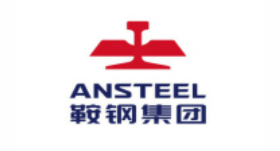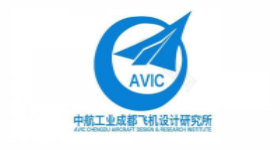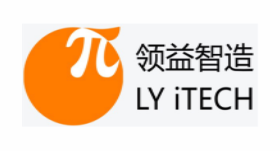General purpose precision strain gauge
General purpose precision strain gauges are packaged copper foil strain gauges available in a wide range of mode sizes for scientific, industrial and experimental stress analysis. This type of precision strain gauge can be used for experimental stress analysis, monitoring industrial equipment or various scientific applications. In the General Purpose strain gauge section, you can find the strain gauge pattern specification next to the part number to view the gauge geometry. Gauge sizes are available in both international units (metric, mm) and American units (inch, inch). General purpose precision strain gauges include the following mode specifications: linear mode, bi-parallel mesh mode, T-array (0/90°) mode, rectangular or triangular (45° or 60°), stacked or flat array, and shear mode.
Sensor mass strain gauge
Sensor quality strain gauges are suitable for customers who manufacture sensors or similar sensing devices. The sensor mass strain gauge has tighter tolerances on the actual size of the carrier and can be calibrated using the carrier edge when required. Its nominal resistance value tolerance is also more stringent. These strain gauges can be creep adjusted to meet the sensor manufacturer's specifications and can also be customized to the unique requirements of the sensor. The sensor quality strain gauge can be ordered off the shelf and is excellent for experimental stress analysis and/or strain verification projects.
Bonded foil strain gauge
The first bonded wire strain gauge was produced in 1938. The metal foil type strain gauge consists of a fine wire mesh (resistor) about 0.001 inch (0.025 mm) thick bonded directly to the strain surface by a thin layer of epoxy resin. When a load is applied to the surface, the change in surface length is transmitted to the resistance wire, so that the strain of the surface to be measured can be measured by the resistance value of the foil wire that should become linear. The foil film and the bonding layer need to complete the strain transfer together, and the bonding layer also plays the role of electrical insulation between the gate foil and the surface to be measured. When selecting a strain gauge material, it is important to consider not only the strain characteristics of the sensor, but also its stability and temperature sensitivity. Unfortunately, the materials most suitable for use as strain gauges are often also very sensitive to temperature changes, and resistance values change as the material ages. While this is not important for short-term applications, temperature and drift compensation must be considered when applied to continuous industrial measurements.

































